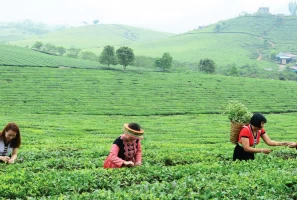Explore the enchanting Hanoi Old Quarter, a vibrant district where history and modernity intertwine seamlessly. With Frontier Travel Vietnam as your guide, discover the unique architectural harmony of 36 old streets and 5 gates. Dive into many activities, savor local delicacies, and find the perfect souvenirs. Here's all you should know before traveling to this well-known location.

1. An overview of Hanoi Old Quarter

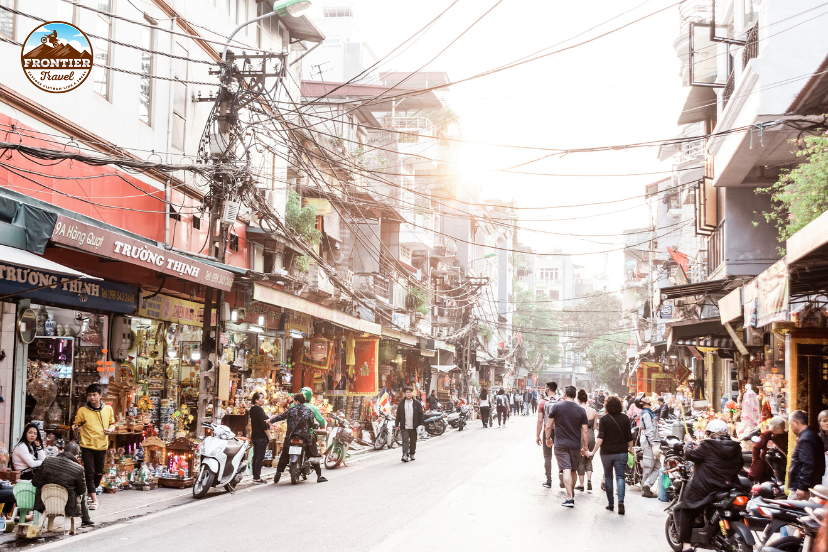
2. Unique architectural Harmony of Hanoi Old Quarter
36 old streets

5 gates
- Cua O Quan Chuong (Quan Chuong Gate): This is the sole surviving gate of Thang Long Citadel that stands within Hanoi Old Quarter. Built in the 18th century, Quan Chuong Gate served as the main entrance to the Imperial Citadel. It features a unique architectural style that blends Vietnamese and Chinese influences. The gate boasts a three-level stone base with a red-tiled roof and intricate dragon decorations. Today, it's a popular tourist destination and a national historical relic.
- Dong Mac Gate: Dong Mac Gate no longer exists physically, but its name lives on in Dong Mac ward, a district outside the Old Quarter. Historical accounts describe it as a square gate that provided access to the eastern part of the citadel.
- Cau Den Gate (Black Gate): Similar to Dong Mac Gate, Cau Den Gate met its demise due to urban development. Its former location is now part of Thinh Yen street. The name "Cau Den" translates to "Black Gate," but there are no documented explanations for the reason behind the name.
- Cho Dua Gate (Watermelon Gate): Another gate that was demolished to make way for urban spaces, Cho Dua Gate's past location is thought to be around Thinh Hao street. There's limited information available about this gate, including the reason for its name.
- Dong Lam Gate: Dong Lam Gate used to be situated in the former Kim Lien ward of Dong Da district. Like most of the other gates, it was demolished and the location is now part of a modern-day street. Very little is known about this gate's architectural style or background.
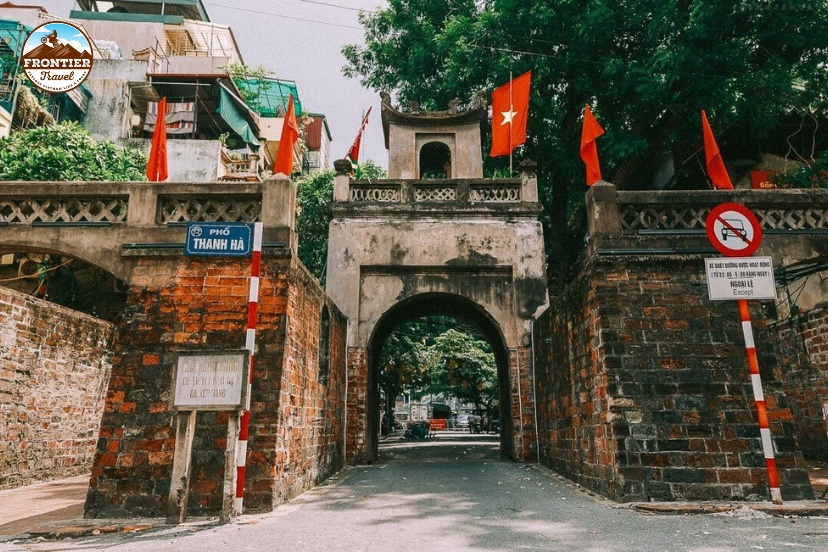
3. What things to do and see in Hanoi Old Quarter?
- Stroll around Hoan Kiem Lake: Located at the southern end of the Old Quarter, Hoan Kiem Lake is a serene escape from the bustling streets. Strolls around the lake in the early morning or late evening are peaceful, and in the center is the charming Turtle Tower (Tháp Rùa), perched on a tiny island. On weekends, the area becomes a bustling pedestrian zone with street performers and local merchants creating a lively scene.
- Visit the Bach Ma Temple: This ancient temple, dating back to the 11th century, is one of the oldest in Hanoi. Bach Ma Temple (Đền Bạch Mã), dedicated to the White Horse god, provides a window into the city's spiritual past. It is a must-visit because of the beautiful architecture and serene ambiance.
- Explore Dong Xuan market: As the largest indoor market in Hanoi, Dong Xuan Market is a bustling hub where you can find everything from fresh produce to clothing and souvenirs. It's a great place to experience the local commerce and pick up unique items.
- Take a cyclo ride: Savor the allure of the Old Quarter while riding a cyclo, a three-wheeled bicycle taxi. It’s a relaxing way to navigate the narrow streets and observe daily life, with the added benefit of a knowledgeable driver who can share insights about the area.
- Enjoy water puppet theatre: Traditional water puppet shows at the Thang Long Puppet Theatre offer a unique cultural experience. The performances, accompanied by live music, depict historical legends and folk tales through puppets performing on the water.
- Visit the Old House at 87 Ma May Street: This well-preserved ancient house, built in the late 19th century, provides an excellent example of traditional Vietnamese architecture while retaining its original charm and beauty. Visitors can explore the different rooms and learn about the way of life in old Hanoi.
- Discover the night market: Held every weekend, the night market stretches from Hang Dao Street to Dong Xuan Market. It’s a vibrant scene with numerous stalls selling clothes, accessories, and local food. It’s a perfect spot for evening shopping and sampling street food.
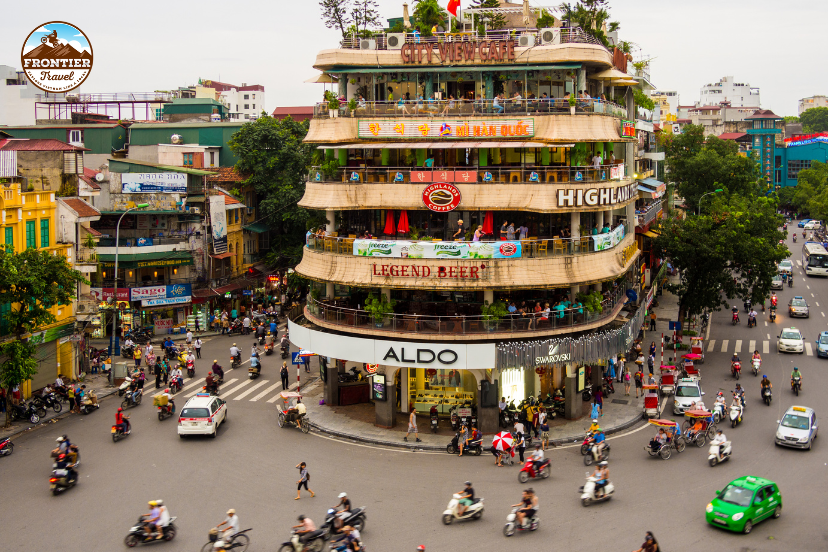
4. What to eat in Hanoi Old Quarter?
- Phở: This iconic Vietnamese noodle soup is a must-try. Typically served with beef (Phở bò) or chicken (Phở gà), the flavorful broth, tender meat, and fresh herbs create a comforting and satisfying meal. Pho 10 Ly Quoc Su, Pho Thin Lo Duc, and Pho Gia Truyen Bat Dan are well-known locations.
- Bún chả: A local favorite, Bún chả consists of grilled pork served with vermicelli noodles, fresh herbs, and a dipping sauce. It's a delicious and hearty dish often accompanied by nem (spring rolls). Bun cha Huong Lien is a famous spot that even President Obama visited.
- Bánh mì: The Vietnamese baguette sandwich, Bánh mì, combines a crispy baguette with a variety of fillings such as pate, cold cuts, pickled vegetables, and fresh herbs. It’s a perfect on-the-go meal. A well-known franchise with many sites in the Old Quarter is called Banh Mi 25.
- Egg coffee (Cà phê trứng): Invented in Hanoi, egg coffee is a unique and indulgent drink made by whipping egg yolks with sugar, coffee, and condensed milk. It’s served hot or cold and has a rich, creamy texture. Café Giang is a famous spot that claims to have invented this drink.
- Chả cá Lã Vọng: This dish features turmeric-marinated fish fried with dill and green onions, served with vermicelli noodles, peanuts, and a special dipping sauce. It’s a flavorful and aromatic experience.
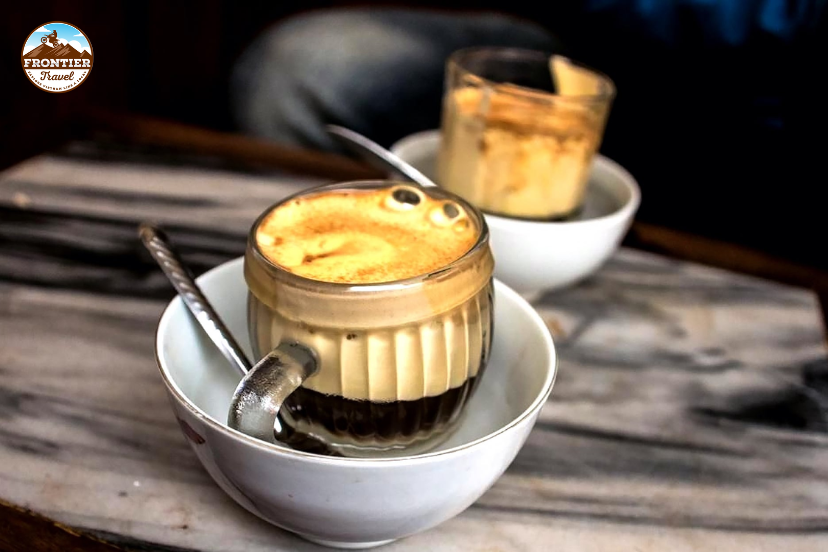
5. FAQ about Hanoi Old Quarter
How to get to Hanoi Old Quarter?
Transportation Method | Pros | Cons |
Walking | Free, great for exploring the narrow streets, immersive experience. | Can be tiring, not suitable for long distances or those with limited mobility. |
Bicycle | Inexpensive, eco-friendly, flexible, allows for exploration at your own pace. | Can be dangerous in traffic, limited storage for belongings, not ideal in bad weather. |
Cyclo | Unique cultural experience, leisurely pace, good for sightseeing. | Can be expensive, not suitable for long distances, vulnerable in traffic. |
Taxi | Convenient, comfortable, air-conditioned, door-to-door service. | Can be expensive, especially during rush hour, potential for scams (choose reputable companies). |
Ride-Hailing Apps | Convenient, often cheaper than taxis, easy to book through apps. | Requires a smartphone and data connection, potential for surge pricing. |
Bus | Affordable, extensive network covering most areas. | Can be crowded, slow during rush hour, requires knowledge of routes and stops. |
What to buy as gifts for family and friends in Hanoi Old Quarter?
- Silk products: Vietnamese silk is high-quality and beautifully crafted, from scarves to dresses. Prices vary, but a good silk scarf can cost around 200,000 - 500,000 VND.
- Lacquerware: Intricate lacquerware items, such as bowls, plates, and paintings, make elegant gifts. Depending on size and complexity, prices range from 100,000 to 1,000,000 VND.
- Coffee: Vietnamese coffee is world-renowned. A bag of high-quality coffee beans or ground coffee makes an excellent gift, with prices starting from 100,000 VND.
- Handcrafted ceramics: Bat Trang ceramics, including vases, bowls, and teapots, are highly appreciated for their craftsmanship. Prices vary based on the item and its intricacy.
Things to note when visiting Hanoi Old Quarter
- Respect local customs: Dress modestly, especially when visiting temples and religious sites. This means covering your shoulders and knees. It's a sign of respect for local traditions and culture.
- Stay hydrated: The climate in Hanoi can be hot and humid, especially during the summer months. Carry a water bottle with you and drink plenty of fluids to avoid dehydration. Take breaks in cafes or restaurants to cool down and recharge.
- Beware of scams: While most locals are friendly and welcoming, be wary of overly helpful individuals who offer unsolicited services or try to lure you into tourist traps. Always negotiate prices before agreeing to any services and be mindful of your belongings in crowded areas.
- Traffic awareness: The streets of the Old Quarter are bustling with motorbikes, cyclos, and cars. Always be aware of your surroundings and look both ways before crossing the street. Use pedestrian crossings where possible and be patient as traffic can be chaotic. Remember, pedestrians do not have the right of way in Vietnam.






